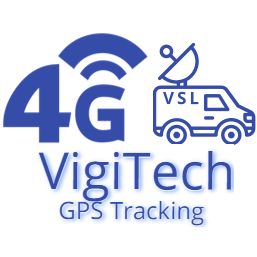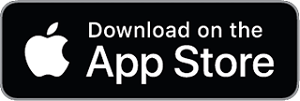
2G or not 2G, that is the question…
… that we are often asked.
Or more specifically “Should I go for a 4G tracker or will a 2G one be ok?” Each option comes with its own set of advantages and considerations, making it important for customers to weigh their specific needs and priorities.
GPS trackers rely on mobile phone networks to tell our tracking servers where they are. These are the same networks that your mobile phones use to connect to the internet, except that rather than using sim cards which connect to a specific network provider (eg EE, O2, Vodafone), we use special iot sim cards which will connect to any available networks. The tracking device itself determines which network technology it can use (eg 2G, 4G).
We have a wide, ever expanding, range of 4G devices to suit most tracking requirements. See all of our 4g trackers here.
It is worth noting that within the tracking industry in the UK 2G devices are still by far the most common choice. If comparing our products with other providers keep in mind that unless the devices you’re looking at specifically say 4G or LTE, they are likely to be 2G.
Understanding 2G and 4G Technology:
- 2G GPS Trackers:
- Cost-Effective: 2G trackers are often more budget-friendly compared to their 4G counterparts, making them an attractive option for cost-conscious consumers.
- 4G GPS Trackers:
- Future-Proofing: As the world continues to transition towards more advanced technologies, investing in 4G trackers would be considered a more future-proof choice.
- Maximum Compatability: All of our 4G Teltonika devices also support 2G networks.
- LTE-M / NB-iOT Trackers
- Next Generation: Unlike traditional 4G / 5G networks, LTE-M / NB-iOT are low bandwidth networks for very small amounts of data used by iot devices such as trackers.
- No 2G Backup: Unless otherwise mentioned, these devices only work where there is specifically LTE-M or NB-iOT coverage.
- Low Power: Perfect for battery powered applications, NB-iOT / LTE-M devices have the best powersaving attributes.
Considerations for Decision-Making:
- Location and Coverage:
- Assess the areas where the GPS tracker will be used. Some network operators in the UK have announced the shutdown of 2G networks from 2025, others are likely to be running until at least 2030.
- Some european countries have started shutting down 2g networks already
- Real-Time Tracking vs. Cost:
- Determine whether real-time tracking is crucial for your application. If immediate updates are necessary, a 4G tracker is likely the better choice, despite the higher initial cost. Although here in the UK both 2G and 4G networks are available, having a device that can connect to either gives you a better chance of the device getting a connection.
Conclusion:
Choosing between 2G and 4G GPS trackers ultimately boils down to individual needs, budget constraints, and the specific requirements of the tracking application.





